5 Promising Solutions to Climate Change

Climate change is a pressing issue that affects everyone on the planet. It has caused extreme weather conditions, sea-level rise, and other ecological disasters. Traditional solutions to climate change, such as reducing carbon emissions and promoting renewable energy sources, have been insufficient to address the problem. The good news is that there are innovative solutions to climate change that you’ve probably never heard of. In this article, we will discuss five clever ways to save the planet.
Introduction to climate change and its impact

Climate change is the gradual increase in the earth’s temperature due to human activities such as burning fossil fuels, deforestation, and industrial processes. The impact of climate change is wide-ranging and includes more frequent and severe heatwaves, hurricanes, droughts, and floods. The melting of ice caps and glaciers has caused sea levels to rise, which threatens low-lying areas and island nations. Climate change also puts wildlife and ecosystems at risk, leading to extinctions and loss of biodiversity.
Traditional solutions to climate change
Reducing carbon emissions is the most common solution to climate change. Governments and businesses have implemented policies and practices to reduce their carbon footprint. This includes promoting renewable energy sources such as wind and solar, using electric vehicles, and improving energy efficiency in buildings. The Paris Agreement, signed in 2015 by 195 countries, aims to limit global warming to below 2 degrees Celsius compared to pre-industrial levels. However, these traditional solutions alone may not be enough to prevent the worst effects of climate change.
Innovative Solutions to climate change
Innovative solutions to climate change involve thinking outside the box and exploring new technologies and practices. These solutions aim to reduce carbon emissions, promote sustainability, and adapt to the changing climate. Here are five clever ways to save the planet that you may not have heard of:
Solution 1: Ocean farming
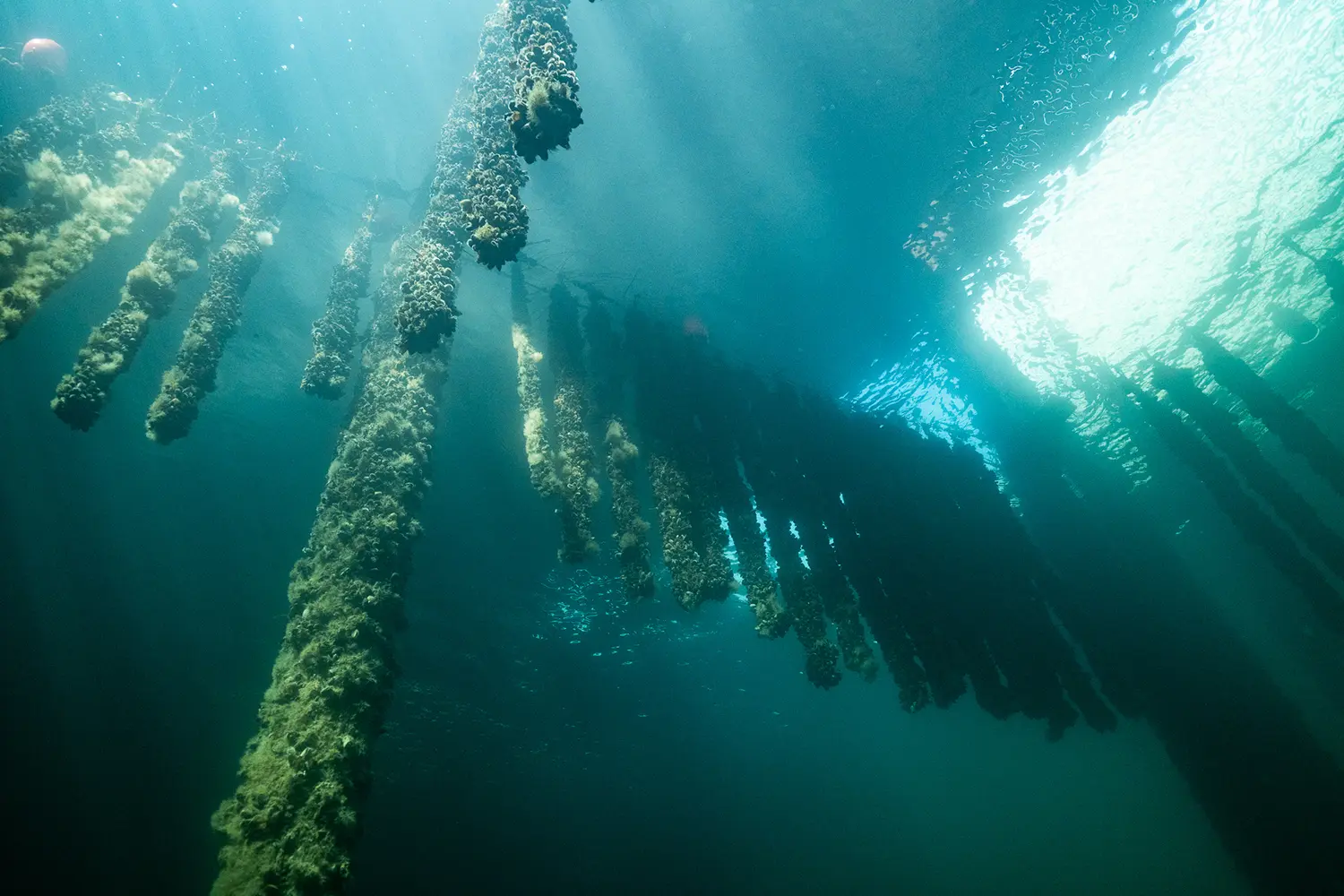
Ocean farming is a type of aquaculture that involves growing kelp and other seaweed species in the ocean. Kelp is a fast-growing plant that absorbs carbon dioxide from the atmosphere and releases oxygen. It also sequesters carbon in the ocean, reducing the amount of carbon in the atmosphere. Ocean farming can also produce food, fertilizer, and biofuels. Kelp can be used in food products such as salads, smoothies, and snacks. It is also a source of alginate, a thickening agent used in the food and cosmetic industries.
Solution 2: Carbon capture technology
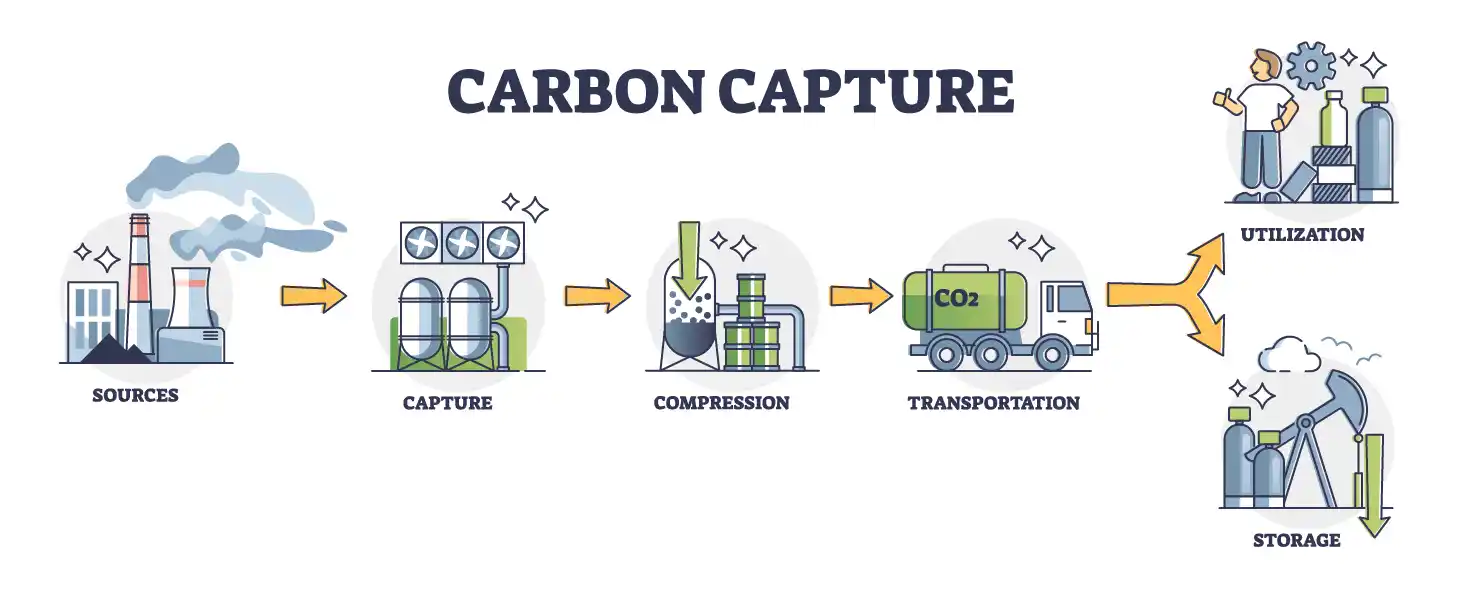
Carbon capture technology involves capturing carbon dioxide emissions from power plants, industrial processes, and other sources and storing it underground. This technology can reduce carbon emissions and prevent them from entering the atmosphere. It can also be used to produce hydrogen fuel from natural gas. Carbon capture technology is still in the early stages of development, but it has the potential to be a game-changer in the fight against climate change.
Solution 3: Vertical farming
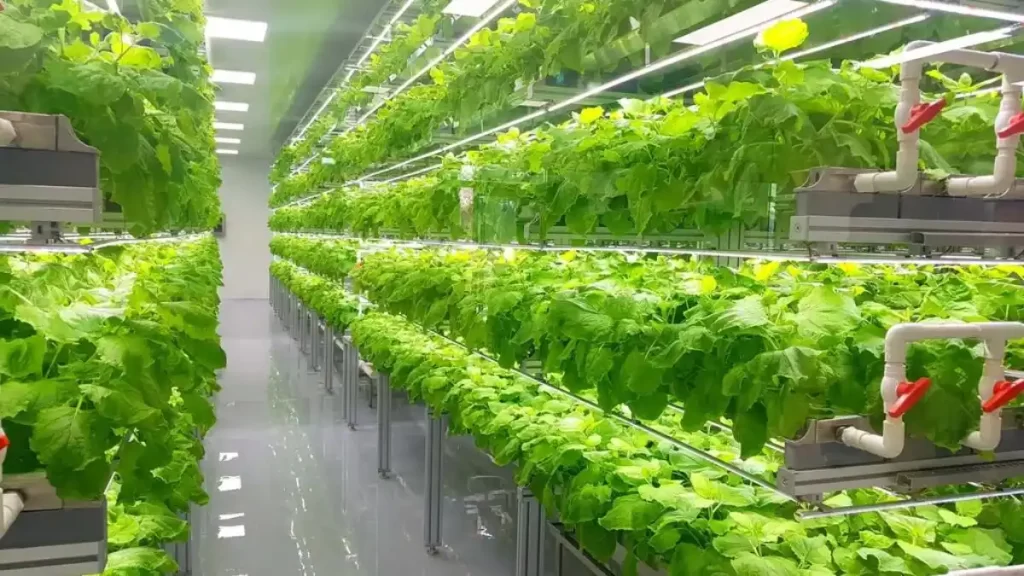
Vertical farming is a type of agriculture that involves growing crops in vertically stacked layers using artificial light and controlled environments. This method uses less water and space than traditional farming and can produce higher yields. It also reduces the need for transportation and storage of produce. Vertical farming can be done in urban areas, providing fresh produce to city dwellers and reducing the carbon emissions associated with transportation.
Solution 4: Solar-powered desalination
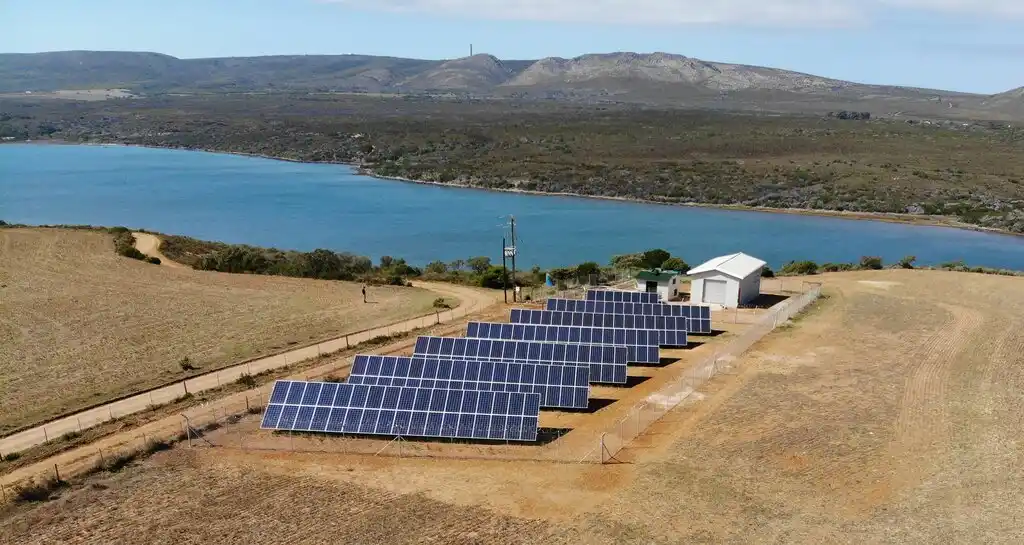
Desalination is the process of removing salt and other minerals from seawater to make it drinkable. This process requires a large amount of energy, which is usually generated from fossil fuels. Solar-powered desalination uses solar energy to power the process, reducing carbon emissions and promoting sustainability. This technology can be especially useful in arid regions or island nations that lack freshwater resources.
Solution 5: Bioplastics

Bioplastics are a type of plastic made from renewable sources such as cornstarch, sugarcane, and vegetable oil. They are biodegradable and do not release harmful chemicals when they decompose. Bioplastics can be used in a variety of products, including packaging, utensils, and clothing. Using bioplastics instead of traditional plastics can reduce the amount of plastic waste in landfills and oceans.
How to support these solutions
You can support these solutions by advocating for them and promoting sustainable practices in your daily life. You can also support businesses and organizations that are implementing these solutions. For example, you can buy products made from bioplastics, support companies that use carbon capture technology, and invest in renewable energy sources. You can also reduce your carbon footprint by using public transportation, biking, or walking instead of driving and reducing your energy consumption.
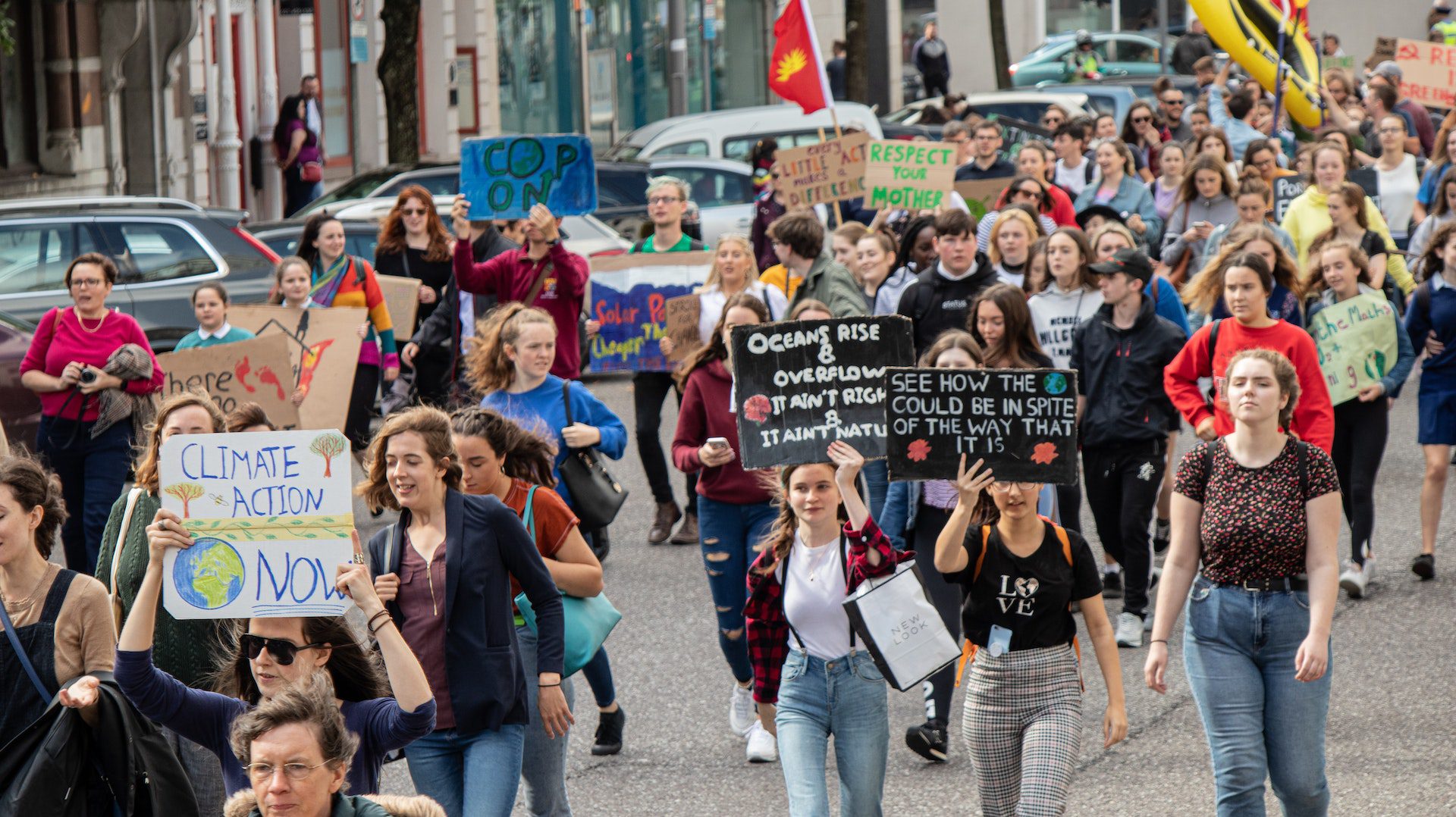
Why it’s important to think outside the box for climate change solutions
Climate change is a complex problem that requires innovative solutions. Traditional solutions such as reducing carbon emissions and promoting renewable energy sources are important but may not be enough. By exploring new technologies and practices such as ocean farming, carbon capture technology, vertical farming, solar-powered desalination, and bioplastics, we can reduce our carbon footprint and promote sustainability. It’s important to think outside the box and support these solutions to save the planet for future generations.
Act now and support innovative solutions to climate change to reduce your carbon footprint and promote sustainability.




